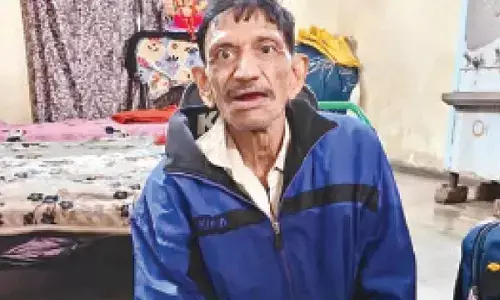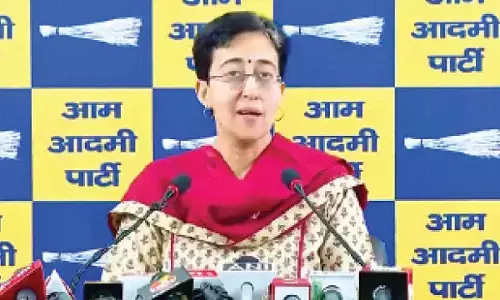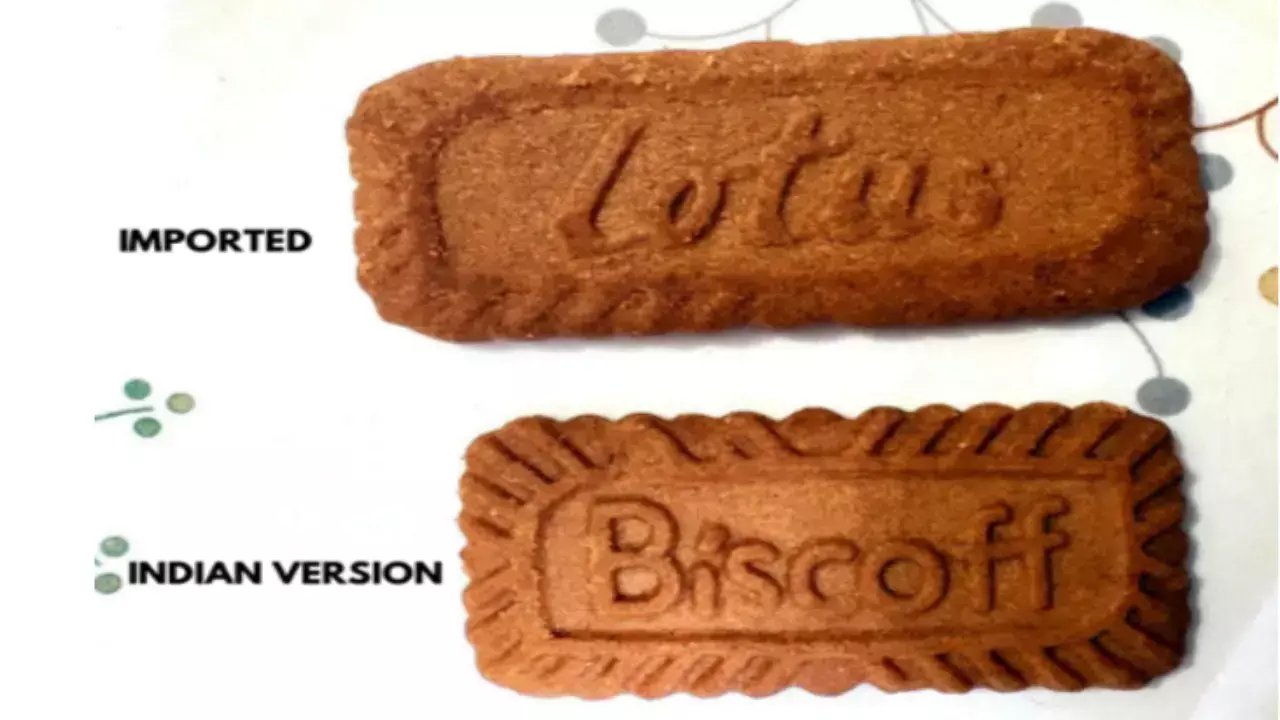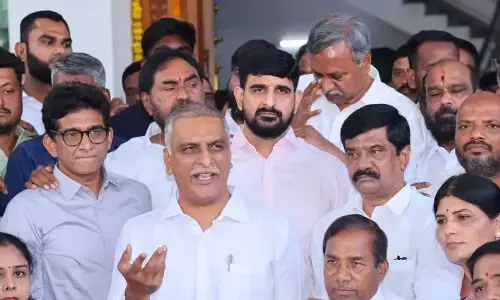The Jain Trail
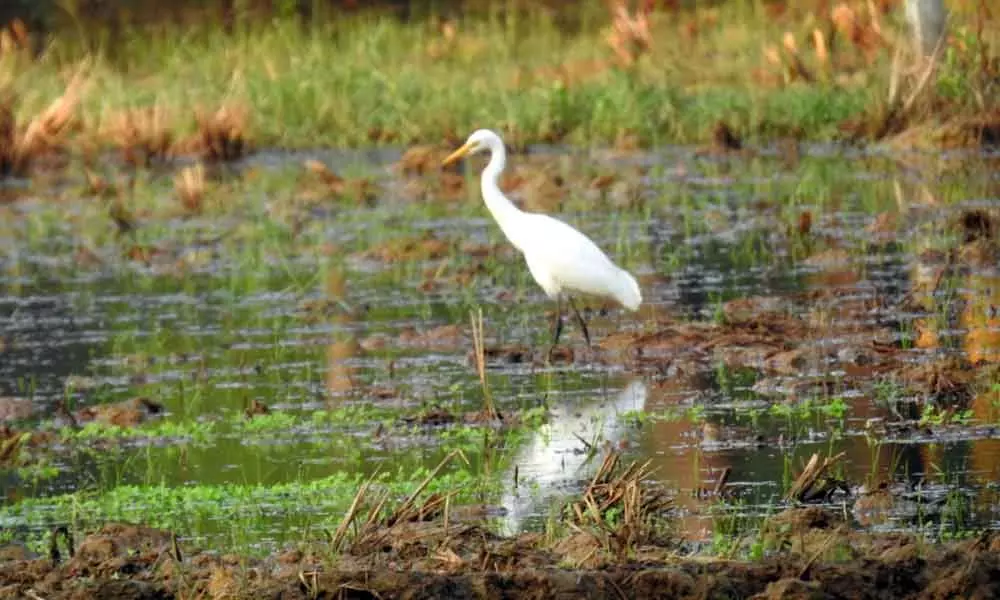 Moodabidri in Karnataka is an important center for Jainism and is a town that merges Hindu and Jain influences seamlessly
Moodabidri in Karnataka is an important center for Jainism and is a town that merges Hindu and Jain influences seamlesslyMoodabidri in Karnataka is an important center for Jainism and is a town that merges Hindu and Jain influences seamlessly
On a recent visit to Mangalore I decided to take a break to explore the vicinity and headed to Moodabidri. A Jain settlement of the past this town can be accessed by a winding road through the ghats.
Sights and Sounds
Located about 34 km northeast of Mangalore, it is said the city's name is a combination of two Kannada words: Moodu (East) and Bidiru (Bamboo, said to be found in abundance here in the past). The 7th century Gowri temple said to be the oldest in Moodabidri is dedicated to Shakti or the mother Goddess and is an ornate structure complete with carved wood exteriors. The architecture is reminiscent of old temples seen in Kerala. The Hanuman temple also located in the heart of the city is also thronged by devotees of all faiths. The Venkataramana temple near the Hanuman temple has been recently renovated. The Chowter Palace is the national monument that can be visited too. There are several churches here as well and the Igreja da Santa Cruz Hospet or Hospet Church dating back to the 16th century that was built by the Portuguese needs special mention.
Pillared Wonder
The town however is best known for its Jain temples locally referred to as the Jain Basadis. In fact there are 18 basadis here with 10 of them on the Jain Temple Road. The 1000 pillar Jain temple called the Saavira Kambada Basadi called the Tribhuvan Tilak Chudamani Basadi built by Devaraya Wodeyar in 1430 is the most well-known temple here. The entrance has a 60 feet tall metal monolith flagstaff and the large structure has slanted roofs that have carved wooden panels. At the entrance is a large hall filled with carved stone pillars and interestingly no two pillars are alike. If you spend some time here, you can see some nuances like a pillar corner that seems to have two horses from one angle and an elephant face from another angle and the smaller pillars carved on the big pillars add to the overall count of 1000 pillars. The hanging pillar here is an ode to the amazing engineering and architectural sensibilities of the artists who worked on it and must not be missed. The sanctum here houses a black stone statue of Chandraprabhu and there are two stories above that are only open to Jains.
Jainism Rules
When here stop by at the Guru Basadi home to the treasured Siddhanta texts - Dhawala, Jai Dhawala and Maha Dhawala and also a revered idol of Parshvanath that dates back to roughly the 8th century and it is believed the idol was found when the earth was being dug to make a temple here. The temple is of significance as the this is where the head of the Jain Math is appointed, and coronations of Jain Bhattarakas takes place here. This temple has miniature idols of many Jain Teerthankars as well as smaller temples dedicated to Saraswati and Padmawati within the compound. The Mathada Basadi is known for its its ancient paintings while the Pathshala Basadi dedicated to Munisuvrita Bhagwaan has a Kerala styled pillared courtyard with ornate woodwork. Do make pit stops at the Vikram Setty Basadi dedicated to Adinath and Lepadda Basadi dedicated to Lord Chandranatha Swami.
The Kere Basadi has a tank and an image of Krishna as well. The Kallu Basadi dedicated to Lord Sheetalnath Swami has recently painted Jain Mandalas on its walls and the Padu Basadi is home to the Smt. Rama Rani Jain Research Institute, The Badag Basadi dedicated to Chandranath Swami, Sheetar Basadi and Betkeri Basadi dedicated to Lord Mahaveer, Koti Basadi dedicated to Lord Neminath and Chol Setty Basadi dedicated to Sumatinath, Padmaprabhnath and Suparshvanath are some other Jain temples of the region. A visit to this small town is guaranteed to take you back in time and is a wonderful detour on your South Canara trip.



